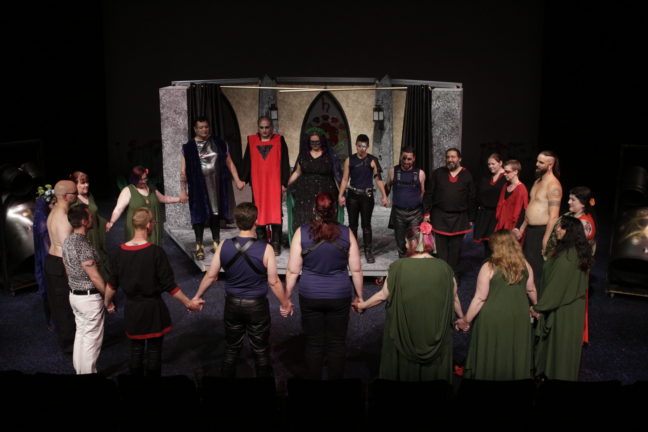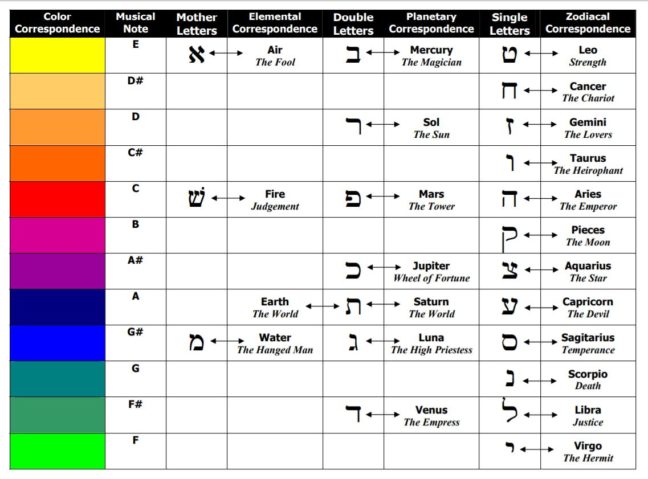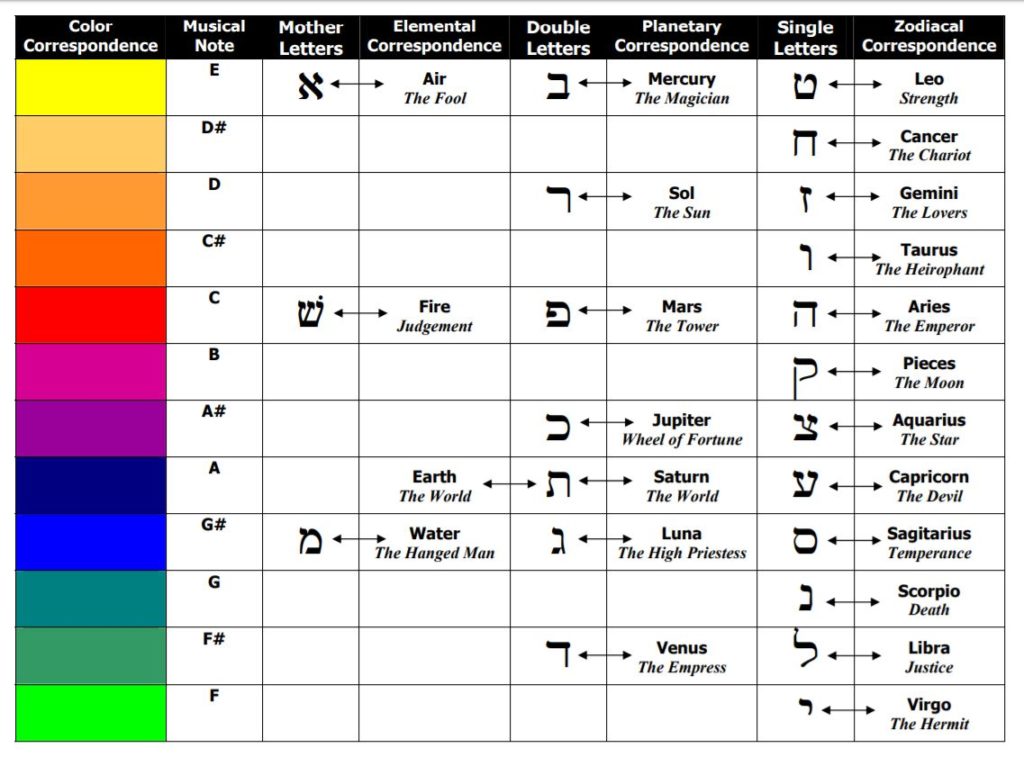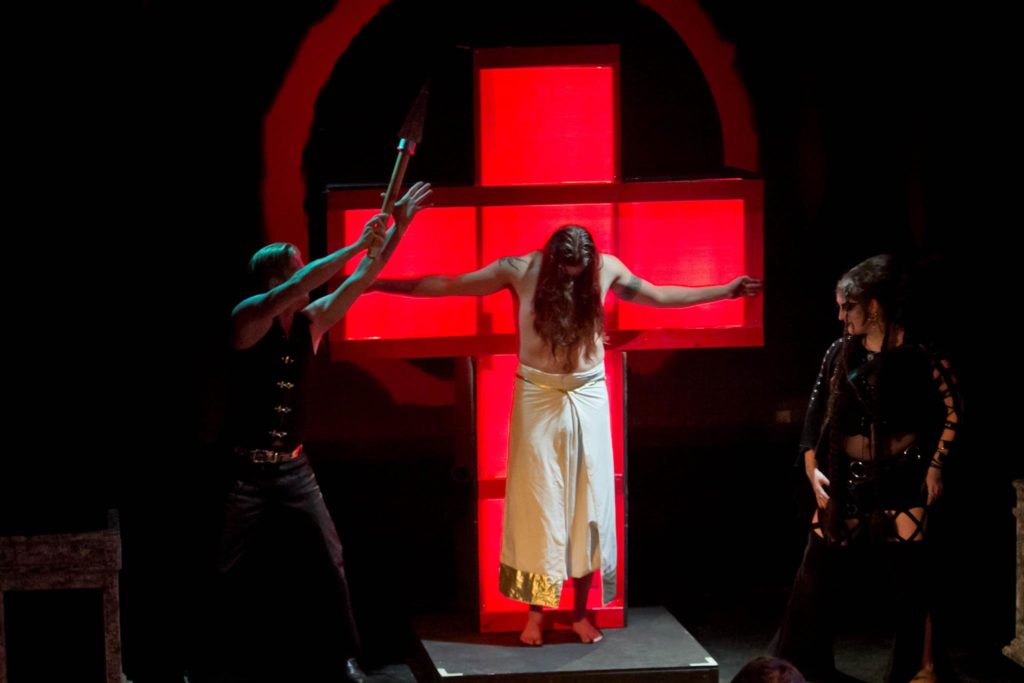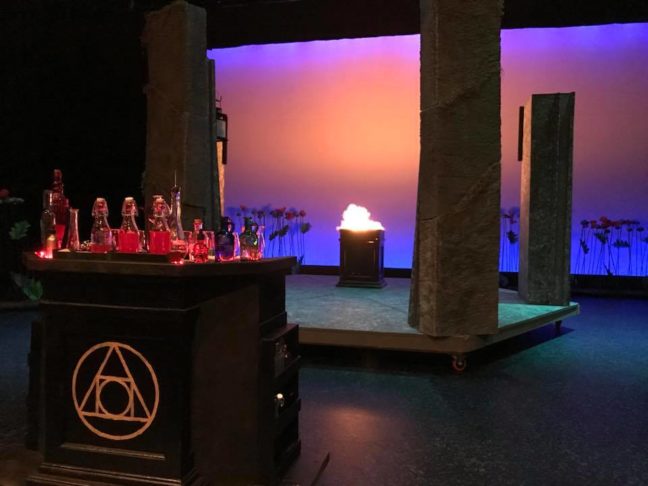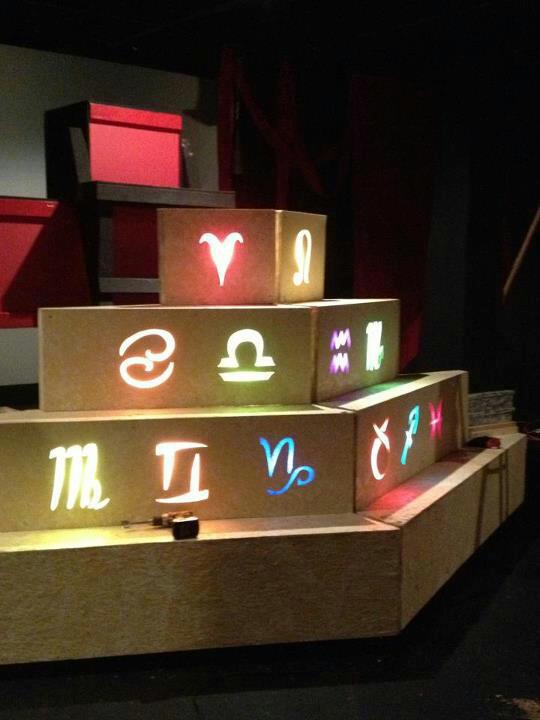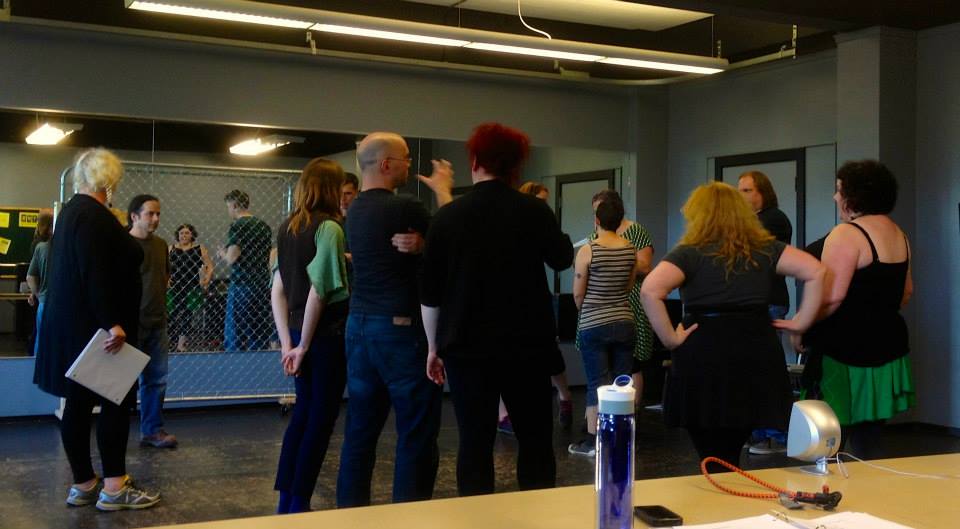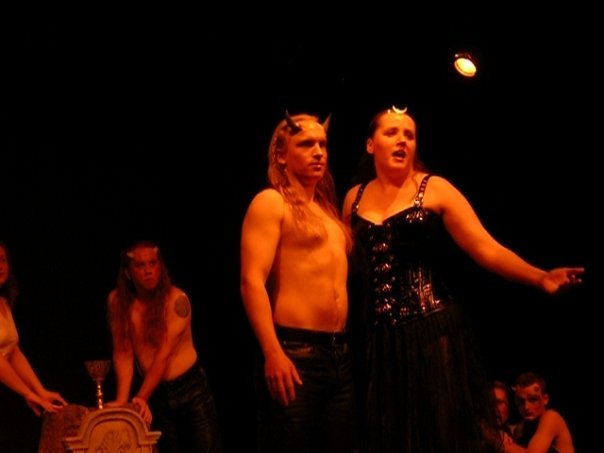Hello Friends!
We wanted to update you with new information regarding the Film Festivals in Madrid and Venice, since they are coming up in just over a week.
The Madrid International Film Festival is running September 1st through 5th. The workshops have been announced and all the Films will be available for streaming to those with a Festival Pass starting at 10 a.m. September 1st, (GMT) More information here:
https://www.filmfestinternational.com/madrid/
Screening passes for the Hermetic Film Festival (Venice), which is running the 3rd through the 9th of September, are available now through Occultrama here:
https://occultrama.com/fhiff2020/
We’ve included the details we previously published below, and hope that you will be able to enjoy the festivals from the comfort and safety of your homes.
But wait! There is some breaking news!

Last week we heard from the Seattle True Independent Film Festival, and here is what they had to say:
“We are pleased to announce that you are provisionally selected for STIFF 2020. Due to the unique nature of this year’s festival, we are going to have online and in person on demand screening available along with more conventional scheduled screenings.”
What does provisionally selected mean? We’re not sure.
Are we in? We’re not sure.
Do we have more information about the criteria? Not really.
Why are we telling you this when we are not sure what is happening?
Because the Festival is literally starting in two days!
From the festival website:
The revised structure of STIFF 2020 is as follows:
Online screening of select films beginning on the originally planned weekend of Thursday August 27 – Sunday August 30. Instead of holding screenings in a physical location, we will screen a portion of the films online so that viewers may watch films from the comfort and safety of their own homes. Though it is a different experience than a conventional festival setting, holding an online screening allows everyone involved to plan on a known date which is unaffected by current gathering restrictions. This also allows filmmakers from outside the Seattle area to be a part of the festival remotely.
Safe live viewing. In the months following the online screening, we will be having limited size live screenings as permitted by local and national safety guidelines. Possible options include outdoor screens, pop up drive-ins, and isolated kiosks.
Post-pandemic mini-festival. When the world gets the COVID-19 virus under control and we regain normalcy, we will have a mini-festival which will include a limited amount of screenings, filmmaker networking, and of course a party!
Seattle True Independent Film Festival website
We’ve reached out to festival organizers seeking some clarification of our status, and the streaming schedule. Here is a link to the website, so you can follow for updates in real time, just like us! Seattle True Independent Film Festival
Once again, we will let you know more when we do! Thank you for your patience! Here is all the previously published information regarding the other festivals.
Hermetic International Film Festival
Film Festival Passes on Occultrama
As we noted in our last update, our film will be streaming on Occultrama for 24 hours as part of the festival, but seeing as the Festival runs from the 3rd through the 9th of September, we are still not certain which 24 hour period The Rite of Saturn will stream during. We will let you know when we do! Fortunately, with a Festival Pass, you’ll have access all week.
The Rite of Saturn is nominated for:
Best Picture – Mercure Award
Best Feature Film – Caduceus Award
Best Music Video – Kenneth Award
Best Music – Atalanta Award
Madrid International Film Festival
September 1st – 5th, 2020
The Rite of Saturn is nominated for:
Best Costume
Best Hair, Makeup & Body Design
Best Original Score
Jury Award
People are invited to attend the festival on-line, with the following ticket options:
Screening Pass
Full Festival Pass
Awards Night Pass
Of course, if you don’t want to wait for the festival, you can watch The Rite of Saturn and all of the Eleusyve adaptations of The Rites of Eleusis right now! https://vimeo.com/ondemand/ritesofeleusis for streaming,or order the DVDs or stream on Amazon.
